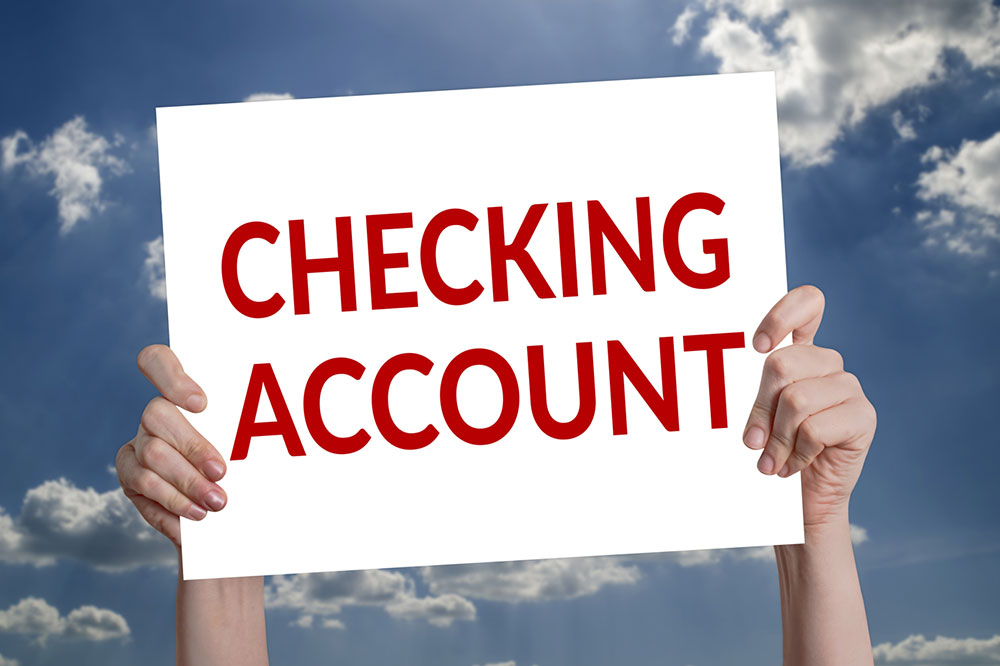Guide to Different Types of Checking Accounts and How to Choose the Best One
Learn about various checking account types and how to choose the best one for your financial needs. This guide covers account features, fees, interest options, and tips for selecting the right account to suit your usage patterns and financial goals. Whether seeking basic, premium, or interest-bearing checking accounts, find out what suits your lifestyle and funds management style best.
Sponsored

Understanding Checking Accounts and Their Variants
Checking accounts serve as a flexible platform for managing daily financial transactions. Unlike savings accounts, they allow for frequent deposits, withdrawals, bill payments, check writing, and electronic transfers. Funds in checking accounts are protected by the Federal Deposit Insurance Corporation up to $250,000 per depositor, ensuring safety. With many options available, selecting the right checking account depends on your specific financial habits and needs. Let’s explore what checking accounts are and how to choose the most suitable one for you.
What exactly is a checking account?
It is a deposit account at a bank or financial institution that facilitates both deposits and withdrawals, often using checks, ATMs, debit cards, and online banking services.
These accounts, also called transactional or demand accounts, offer liquidity and easy access. They differ from savings accounts by allowing numerous deposits and withdrawals, providing more flexibility for day-to-day expenses.
Choosing the right checking account: Key considerations
Before opening a checking account, it’s important to understand your financial situation and available options. Not all checking accounts are the same, so selecting one tailored to your needs can save you money and improve banking convenience. Here are some factors to consider:
Minimum monthly balance
Assess how much money you plan to keep in your account regularly. Some accounts require a minimum balance to avoid fees, which might influence your choice depending on your cash flow patterns.
Fees
Review any applicable charges, such as monthly maintenance fees, ATM withdrawal fees, or charges for certain transactions. Opting for accounts with automatic bill payments or direct deposits can help reduce or eliminate fees.
Interest earnings
While most checking accounts pay little to no interest, some do offer a modest return on your balances. If earning interest is important to you, look for accounts that accrue interest daily and credit it monthly.
Convenience and accessibility
Decide whether you prefer in-person banking with physical branches or online banking. Online banks often provide no-fee accounts with mobile access and ATM fee reimbursements, offering robust remote services without physical locations.
Now that you understand the essentials for choosing a checking account, let’s explore the main types available in the market.
Types of checking accounts
Standard Checking
This is the basic account allowing withdrawals, deposits, bill payments, check writing, and debit card use. Typically, they involve a small monthly fee unless you maintain a minimum balance. Interest earned is usually minimal, making them suitable for everyday banking when maximum liquidity is needed.
Premium Accounts
Designed for high-balance holders, these accounts waive monthly fees, reimburse ATM charges, and sometimes offer interest and exclusive banking perks. These are ideal if you maintain substantial balances and desire additional privileges like discounted loans or financial advice.
However, if earning higher interest on surplus cash while maintaining access is your goal, consider alternative options like government bonds or money market funds instead of premium checking accounts.
Interest-Earning Checking
Some accounts provide modest interest payments based on your balance. Be cautious if fees are high, as they might offset your interest gains. Balance interest rates against fees to select the most advantageous account.
Zero-fee Checking
These accounts carry no monthly maintenance costs and typically have no minimum balance requirements. However, certain services such as ATM use or overdraft protection might incur charges. Confirm which features are truly free before choosing.
Low-Balance Accounts
Ideal for individuals with limited funds, these accounts have minimal balance requirements but may restrict check writing or overdraft privileges. They often encourage electronic statements and limited monthly transactions.
Second-Chance Accounts
If your previous account was closed due to issues like unpaid balances, you can opt for a second-chance account. They usually involve monthly fees and restrictions, but if managed responsibly, you may qualify for a regular account after demonstrating good behavior over time.
Financial institutions assess eligibility through reports similar to credit checks, including ChexSystems reviews. Ensuring your record is accurate can help you secure the account you desire.
Regardless of your financial background, finding a suitable checking account is feasible if you meet the basic requirements and maintain a clean record. Proper research ensures you select an account that fits your banking needs perfectly.






